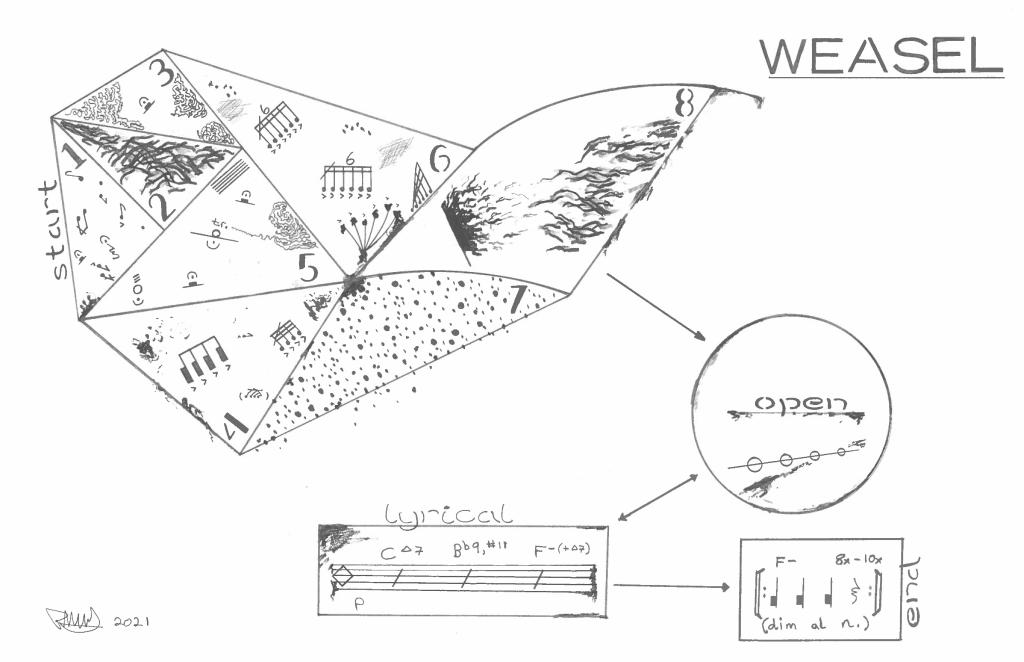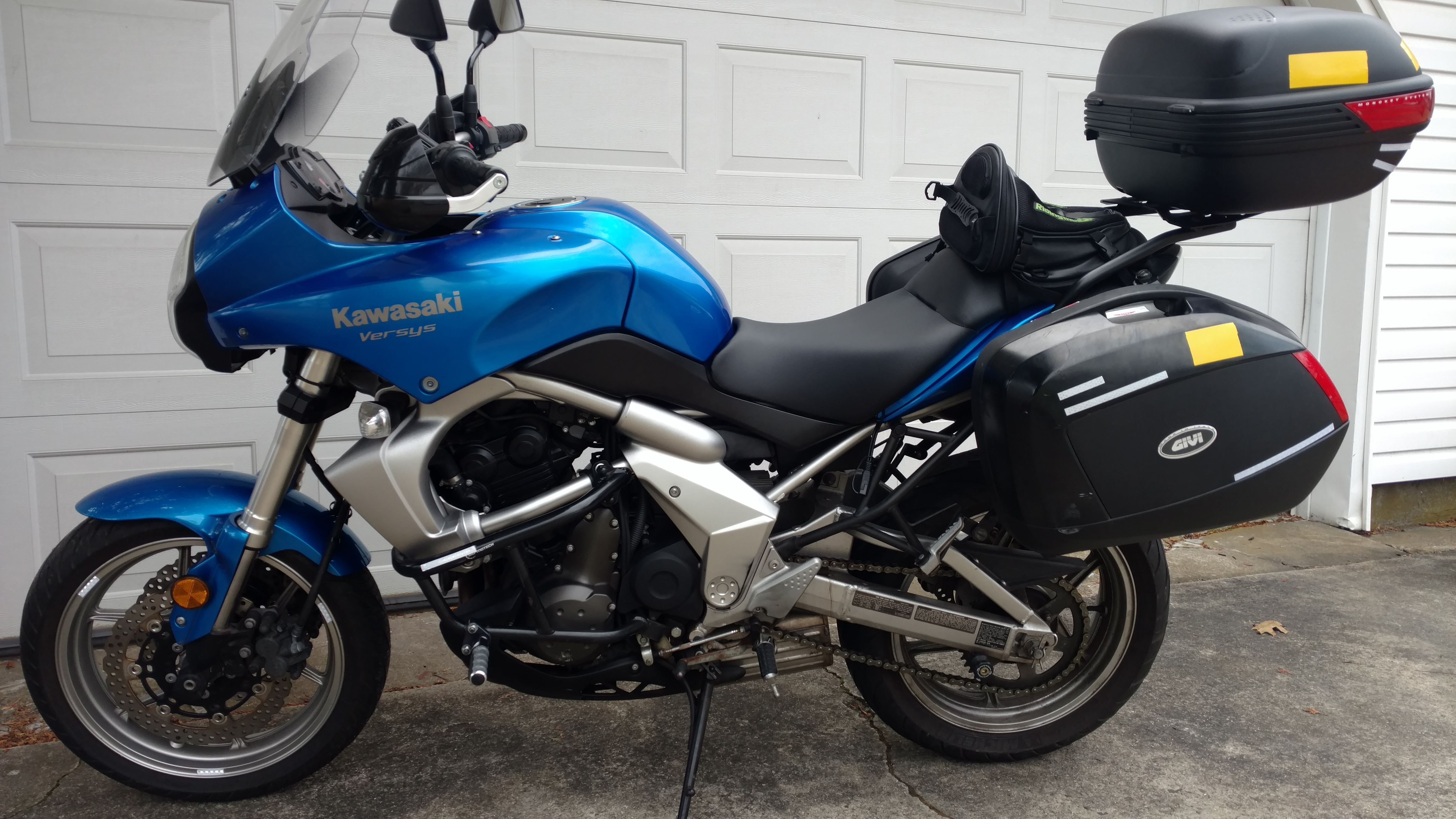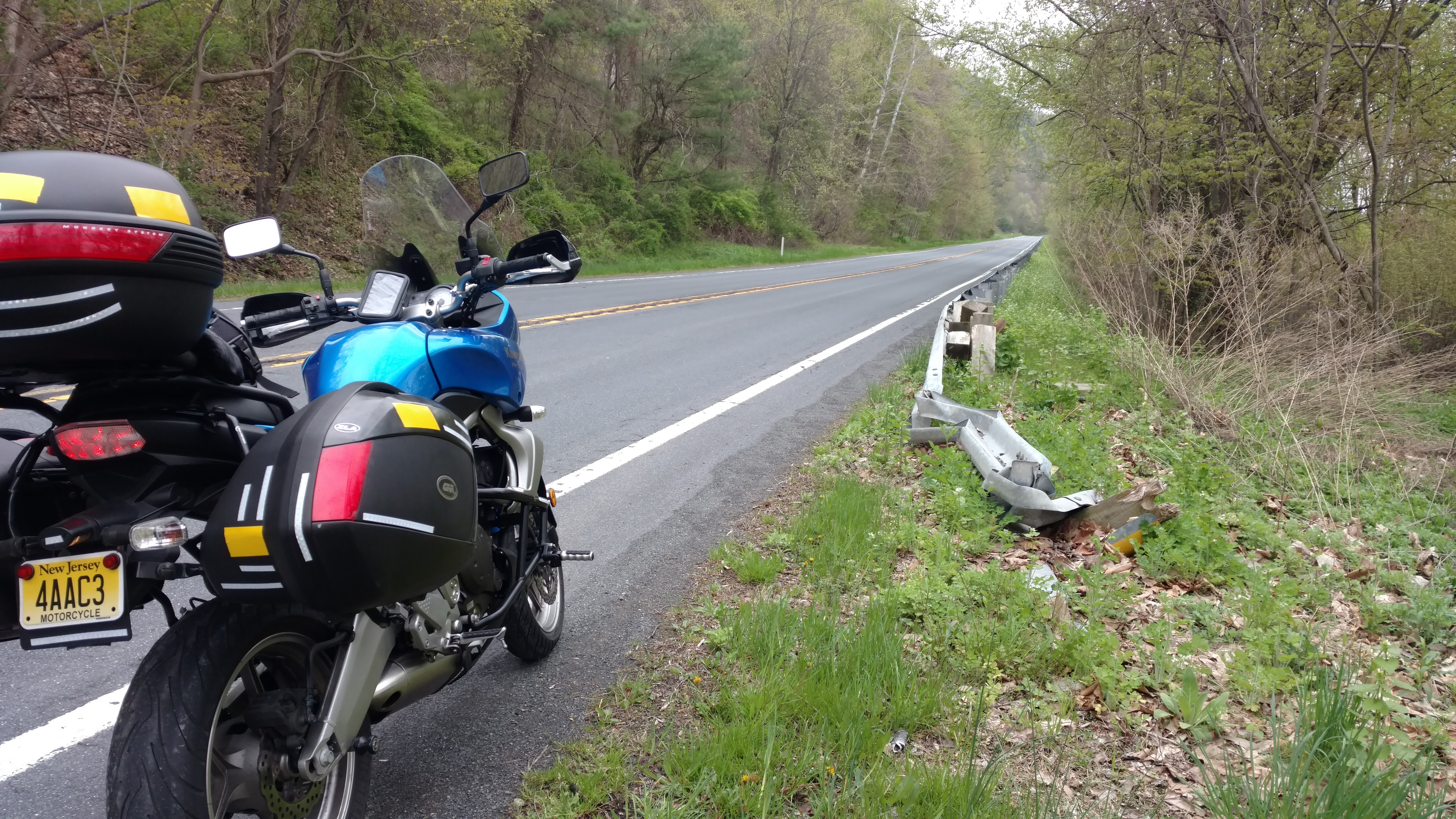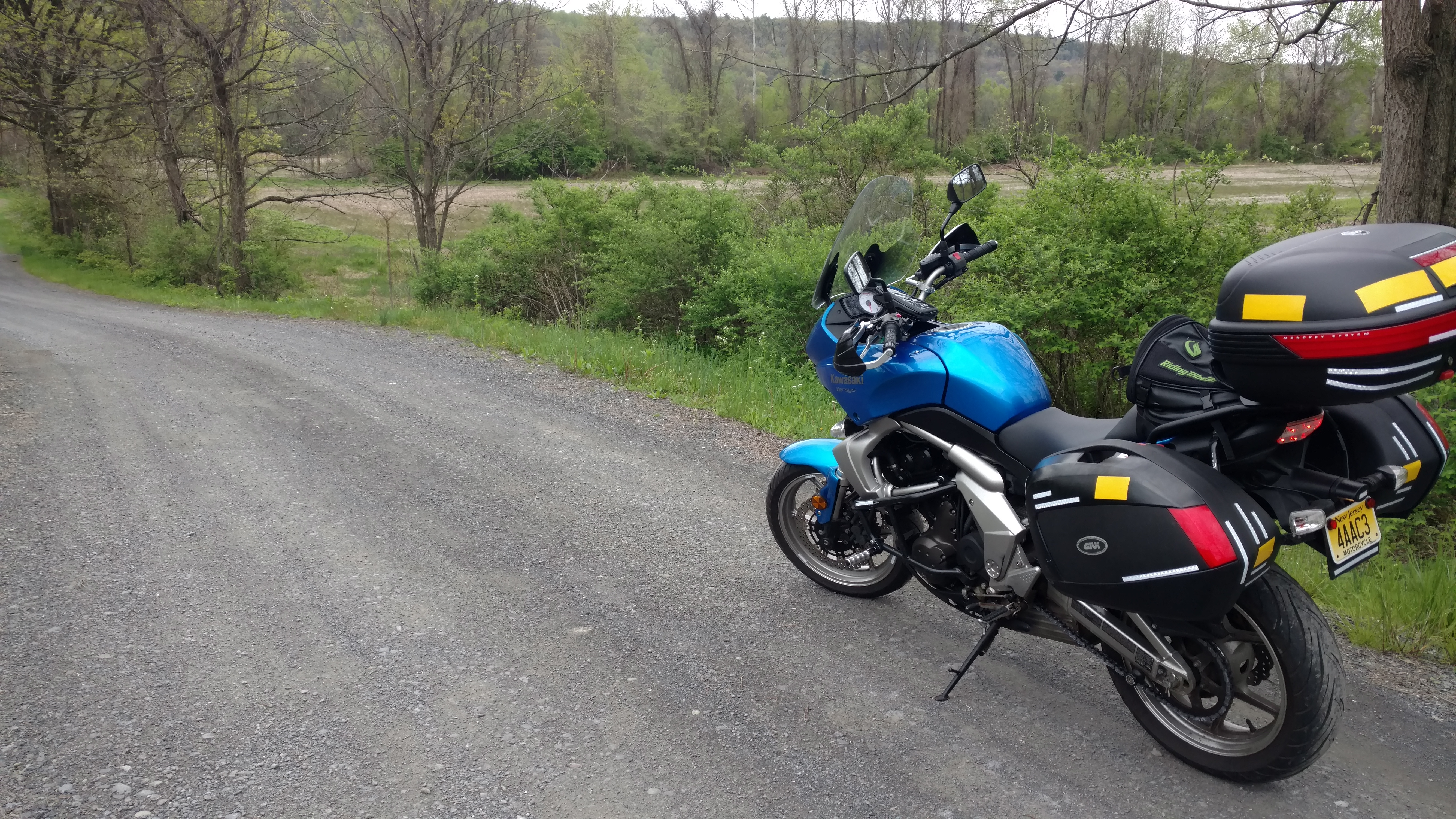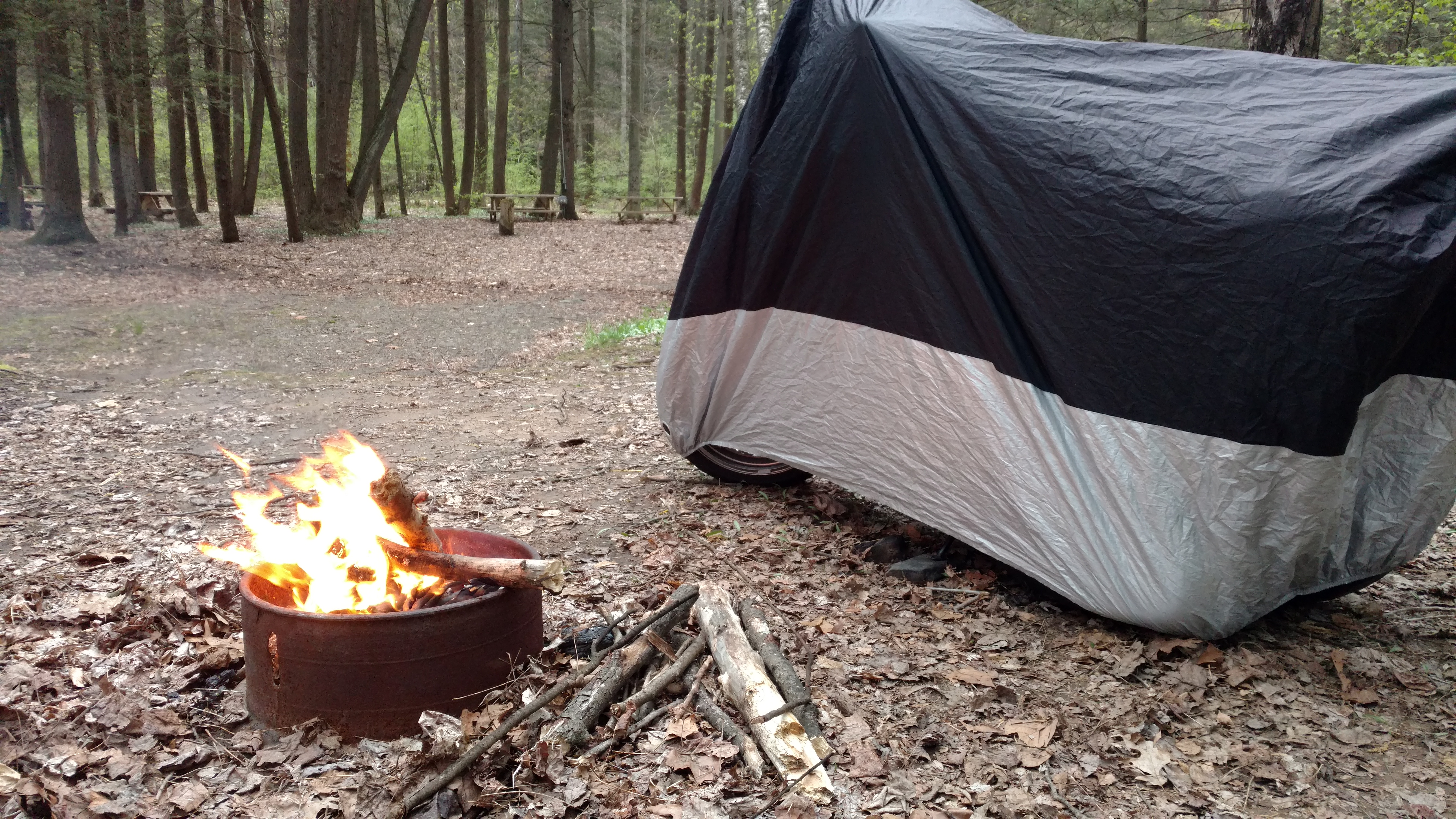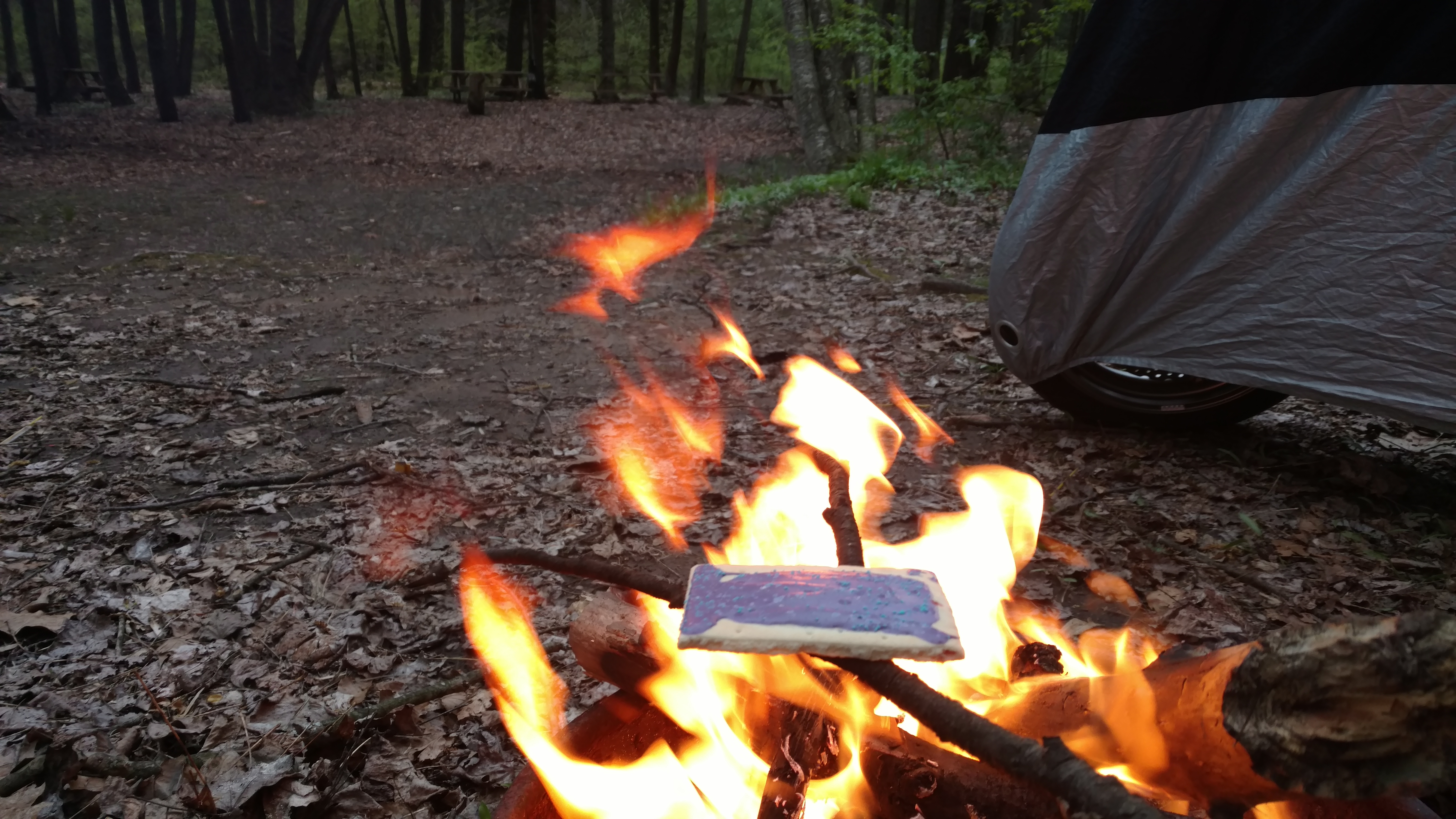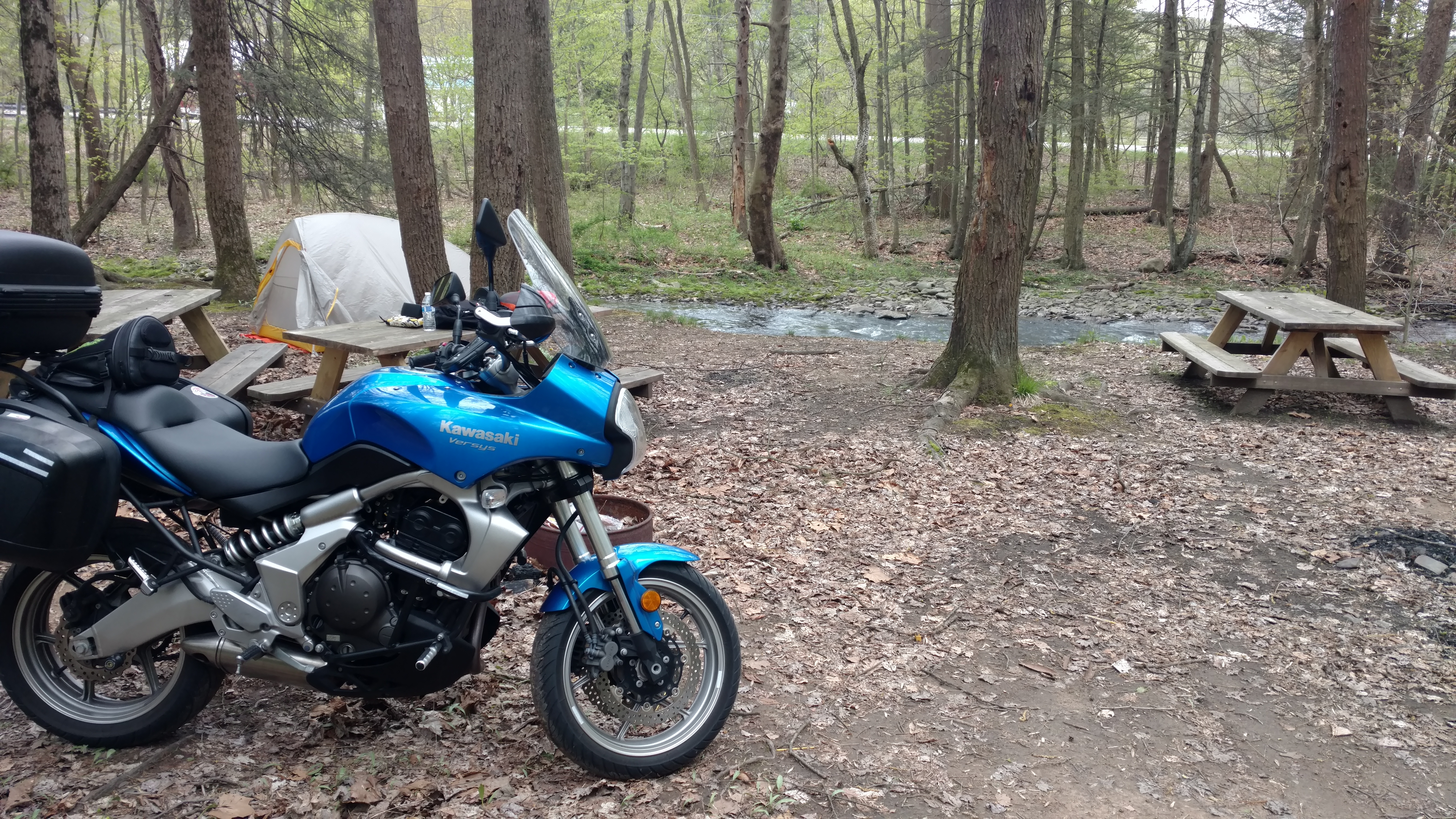One of the aspects of my career I enjoy most is performing and giving master classes at universities and colleges. I meet fabulous people and I like engaging with the next generation of composers and percussionists. However, it seems that no matter where I go students have been afflicted with the scourge of medium yarn. That is, when it comes to mallet playing, especially marimba playing, most of the time they default to medium yarn mallets. Soft yarn comes in second and hard yarn a distant third. In eighteen years of traveling all over the globe I have yet to hear a student use anything else.
But why not? When I play marimba I use all manner of mallets, most of them home made. This includes rubber, wood, plastic, paper, and regular yarn mallets that I cover with all sorts of different materials, including Tyvek, paper and plastic bags, Styrofoam, duct tape, flip flops, string, bags of bells, etc. Sometimes I will also cover the marimba with bubble wrap or cloth or whatever else is on hand. I frequently drop the upper manual of bars upon the lower manual; they then chatter away as I move around the instrument. Sometimes I throw loose bundles of small dowels on the bars. I’ve also experimented with preparing the instrument by taping various things to the bars that then rattle and buzz with each stroke or mute the bars, including plastic spoons, pieces of rubber, and cotton balls.
None of this damages the instrument. Even wood mallets can be used in the low range of a marimba if one’s technique is sound. To date I have not cracked a single bar and sometimes I play very, very hard.
I’m not the first marimbist to explore a broader timbral palette. Keiko Abe used big, soft cluster mallets for many years. My mentor at University of Michigan, Michael Udow, also used a wide variety of mallets, depending upon the situation. But few percussionists of my generation or younger have explored a more wildly creative approach to sound when it comes to mallet instruments. When I propose a more dramatic approach to mallet selection in master classes I’m frequently met with incredulity or even outright hostility. There are many reasons for this.
First, I’ve observed that most developing percussionists are primarily concerned with their own physical comfort. Medium yarn mallets feel good. They sit nicely in the hands and they produce warm, resonant sounds across most of the instrument. But while medium yarn mallets might be appropriate for some solo repertoire, they rarely sound good in ensemble situations. They’re generally too soft and inarticulate, even when the players are amplified. For most ensemble situations the player will need mallets that are much harder. Unfortunately these are not nearly as comfortable. Hard mallets reveal rhythmic imperfections in one’s passage work. It is much harder to create the illusion of sustain when rolling. Double, triple, and quadruple stops require greater precision to avoid flamming. The trick to getting used to them is simply to practice with hard mallets.
Second, more than any other instrument save electric guitar, the percussive arts are subject to intense industry influence. Part of the reason for this is that we play so many different instruments. Between the different instruments and the actuators used to make them sound, there are hundreds of opportunities for companies to make something that they can sell to you. No other instrument allows for someone to get up before a concert and thank five or six sponsors before performing. This is especially true with mallet companies. The bulk of their income comes from drum set sticks and marching band sticks and mallets, but they do make some money from selling marimba mallets. And their primary output is yarn mallets. There is nothing wrong with this, of course. These companies make a great product and undoubtedly the majority of marimba parts call for yarn mallets, but the result of all this yarn-mallet-making activity is that students are led to believe that yarn mallets are the only option.
Part of this has to do with the number of percussion teachers who have sponsorships. I’m one of them. I enjoy a Malletech sponsorship and the folks there have been incredibly supportive of my artistic activities. And Malletech makes quite a few mallets that I couldn’t make at home. They have patents on some of their designs and even if I could get the materials I doubt I could make the mallets as well as they do since they have an entire infrastructure built around making great mallets. I’m not arguing to do away with beautiful mallets made by great companies like Malletech, I’m only suggesting that these be part of the entire picture.
The problem with developing percussionists is that after being subjected to a barrage of yarn-mallet advertisements and sponsored artists, most young students conclude that indeed yarn mallets are the only way to go. And then the tail is wagging the proverbial dog. Instead of artists dictating the direction and shape of the musical landscape it is the companies. As a friend pointed out to me, the situation then becomes ever more circular, spiraling down into a vortex of materialism and convenience. The companies influence the players on their mallet selection, the players then commission pieces for that sound world, the composers write the pieces and then the mallet companies respond accordingly. The circle is complete.
But the truth is you can hit a marimba (or any percussion instrument) with virtually anything. Yarn mallets are only option among many, and a rather new one at that. In fact, for years marimbists preferred rubber mallets. (Early vaudeville xylophonists even used wood mallets on occasion.) If get your hands on early recordings of Vida Chenoweth or Claire Omar Musser you’ll hear that much of the time they were using rubber mallets. And their playing was expressive and technically accomplished.
So what happened? Leigh Howard Stevens happened. Leigh took the marimba world by storm in the last 1970s and completely revolutionized the approach to playing it as well as the construction of the instrument itself and the mallets we use to play it. Leigh advocated using longer birch shafts and yarn wrapping around the ball of the mallet. This approach allows the player more accuracy and helps produce a sweet, mellow sound with a pleasing blend of the fundamental and overtones of each bar. Leigh is not only a consummate artist, but also a savvy businessman and he was able to convert his vision of marimba playing into a thriving and innovative company that makes some of the best marimbas, vibraphones, xylophones, and mallets available, especially yarn mallets. What people missed, though, is that Leigh’s approach works for Leigh’s style of playing and for the repertoire he has commissioned and championed, but it’s not the only way to play the instrument. It is a testament to Leigh’s artistry and business acumen that he was able to influence several generations of percussionists the world over. There’s a reason why he’s in the PAS Hall of Fame. But in blindly following him we have become like lemmings running off a cliff, jumping to a death of timbral conformity. I say all this with the utmost respect as Leigh is a friend and a mentor.
I bring this up to articulate a third point, which is that the present yarn-mallet culture is historically new and was preceded by a very different aesthetic. Just because most people use a type of mallet now does not mean it was always the case. Styles and attitudes change. Nothing is set in stone, not even the hallowed medium yarn mallet.
If we don’t explore radically different mallet options then we limit our range of expression on the instrument. Violinists have all manner of expressive devices literally at their fingertips (or bow), including sul tasto, pizzicato, sul ponticello, different vibrato speeds, spiccato, etc. Our choices are seemingly much more limited. But in fact we can explore dead strokes, playing with the shafts, playing on nodal points, and different beating spots on the bars. Few marimbists do this, but those sounds are available with little effort. Combined with different mallet changes and even preparations of the instrument, the sound possibilities are truly limitless. We actually have more color available to us than said violinists. (Though admittedly switching between them is a bit cumbersome.)
With all the problems in the world it may appear petty for me to be griping about mallet selection. After all, if someone prefers manufactured mallets it’s their own business, right? Sure, but these details matter because they bespeak of larger issues. When one reaches into a bag and grabs a pair of mallets one is making a political statement whether one wants to or not. It may be a statement that only fellow percussionists fully appreciate, but it still ripples out and beyond the specific activity of tapping wooden bars and the community that surrounds that activity. This is why I make so many of mallets. Besides the fact that it is cheaper, it gives me total control over the sound, the sound that is appropriate for that specific musical situation. I would love to see mallet companies follow suit and offer more variety of mallets made with a greater variety of materials.
I admit that much of what I’m saying follows my predilection that when it comes to interpretations I lean towards the fringe. Glenn Gould is my favorite pianist and always will be. I’ve always thought that in the pantheon of great pianists there’s a whole bunch of them swarming around together in a bubble—and they more or less sound the same—and then there’s Glenn Gould. His output wasn’t complete (one needs Horowitz for Liszt, for example), but he’s still the most unique and creative pianist of the last 100 years.
When a whole generation of percussionists relies solely on manufactured mallets their range of expression narrows considerably. Manufactured mallets produce a manufactured sound. Most of the young men and women I’ve coached in the last 15 years are in their late teens or early 20s. Typically this is a time of searching and discovery in one’s life. The most important aspect of going to a college or university is to learn to think independently, analytically, and creatively, and to question systems. If there’s one time in one’s life to really think about giving it to The Man, this is it. But I’ve found a curious lack of rebelliousness among young people. (This is as true in New York City as it is in Idaho.) I don’t know if it’s the mind-dulling deluge of Netflix, reality shows, internet, advertising, and pop music, or the addiction to processed fast food, of the pervasive lack of exposure to nature or all of the above, but something seems to be preventing our young people from taking a more creative approach to interpreting music on the marimba. The points I’ve discussed above only exacerbate the problem.
At any rate, it is time to move to another stage in the evolution of marimba playing. And it is time to encourage the next generation of percussionists to approach their mallet selection with more creativity and faithfulness to the essence of each piece. With the world at our fingertips through the internet we have unprecedented access to more music than any other time in recorded human history. It is an exciting time to be a musician. In mere seconds we can traverse the globe, listening to master musicians from many diverse cultures. When we zoom in on different kinds of mallet playing from different parts of the world we hear a cornucopia of color blasting from our speakers. Why not let that us inform and inspire us? Why settle for only medium yarn?



